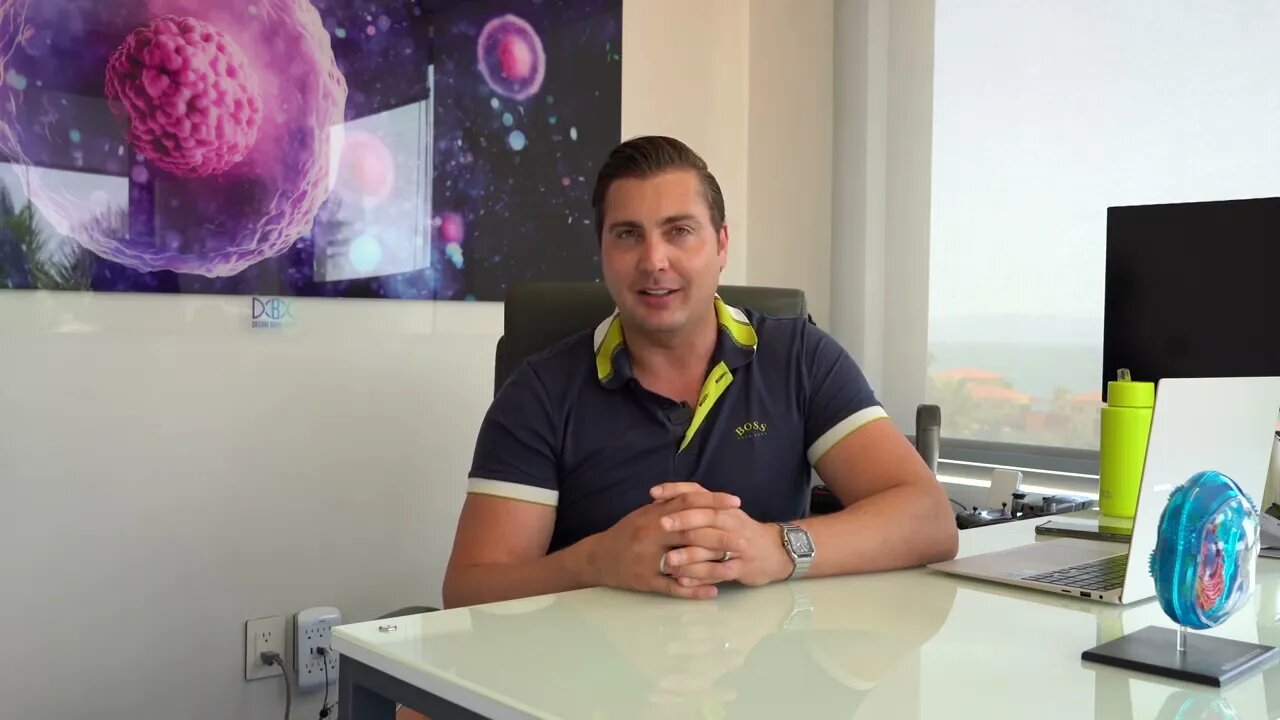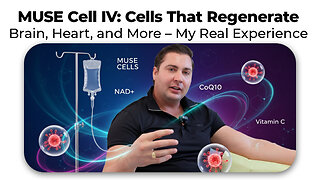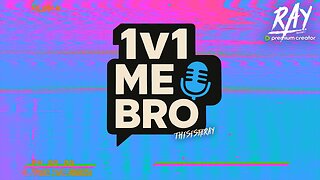Premium Only Content

Unraveling the Secrets of Stem Cells: What are they and Which are Best for Treatments
www.dreambody.clinic (833) 445-9089 [email protected] facebook.com/dreambodyclinic
Hi, this is Josh with dream body clinic. Today, we're going to talk about what is a stem cell and which ones are our best for treatments. So there's a few different types of stem cells, and this is where things get very confusing for a lot of people. There are embryonic stem cells. There are hematopoietic stem cells, and there are mesenchymal stem cells. These are the primary ones available today for treatments. So embryonic stem cells, we'll start with, these are probably the most famous and what people usually think of when they think of a stem cell. An embryonic stem cell can become any type of tissue. So it almost sounds magical. Like if you get them right, you put them into the right place. Like say your heart, they'll create new heart cells and you're healed. But unfortunately that's not how they end up. Working. So embryonic stem cells are taking from tissues like aborted [00:01:00] fetuses or aborted babies. And the thinking was that since they can turn into any type of cell, because this baby is growing and all those cells start with the embryonic stem cells, they can make it work. Um, this was a big controversy when Bush was in office in the United States. And what they did is he didn't ban stem cells. He just banned the funding of that kind of research. His advisors told him they didn't think it would work. Well, it turns out they were right. The state of California ended up spending 2 billion on research and found out that it did not work. Embryonic stem cells. Typically want to become a baby. So they typically become tumors or cancer in patients. And that kind of was the end of the road for that type of stem cell. There's a few clinics out there claiming that they're doing embryonic, you know, stem cells, but if you look deeper into it, it looks like they're actually just taking tissue from that initial embryo and then creating basically mesenchymal stem cells, because again, you don't want. [00:02:00] The HLA markers from another person, HLA is human leukocyte antigen and embryonic stem cells would have that, those markers. It would be trying to make tissue for that person that it was going to become. So that's another problem there. So Embryonic don't work. The few clinics that claim to have it are clearly using mesenchymal cells, but using a pretty unethical source for at least unethical for most people. I mean, that's for each person's moral decision to decide, but that's that the next are what are called hematopoietic stem cells. So going back in time, these are probably the most used stem cells out there for actual medical treatments. And that is because they are highly effective. In bloodborne cancers, and this is because hematopoietic stem cells, the main job is to create new red and white blood cells. So that's really good for these bloodborne cancers, sort of like, uh, leukemia. Now, the thing is though, [00:03:00] they're not so good for joint treatments. You know, you don't want to do your knees or shoulders or back or anything with a hematopoietic stem cell because red and white blood cells, well, white blood cells, at least can only heal via fibrosis. Red blood cells actually cause inflammation. Like when they do PRP, you have to be sure not to take the red blood cells or you're going to create inflammation. So neither of these are good for healing tissue. Scar tissue is the big problem that prevents most of us from healing the way we should. So putting more white blood cells in the area, it's a bad idea. And then you have the fact that like these cells hematopoietic stem cells actually transfer DNA. So what they found in forensic investigators have found this fascinating, but, um, you know, if, if a person had a bone marrow transfer from say like their sister, because they had leukemia, they would then take on the DNA of their sister or whoever that donor was. And after like a few months, if they went and [00:04:00] committed a crime and there was DNA left, they would actually show up as the donor. So that's where a lot of the fears of DNA transfer come from is from hematopoietic stem cells. And then that gets us to the third type of stem cell mesenchymal stem cells. And that's what we use here at dream body clinic. These don't have HLA markers, human leukocyte antigens. So they don't have the marker from the donor. So we can take them from anyone and they're called immune privilege. The immune system just leaves them alone because there's no HLA markers to tell them to attack it. They also don't transfer DNA because the way they work is not by becoming different tissues. They work via what's called the paracrine effect. And the paracrine effect means they send out signals. They're like the manager on the construction site, barking orders, telling everyone where to go, what to do. www.dreambody.clinic .
-
 7:40
7:40
Dream Body Clinic
28 days agoMUSE Cell IV: Cells That Regenerate the Brain, Heart, and More – My Real Experience
72 -
 LIVE
LIVE
Laura Loomer
1 hour agoEP157: Marjorie TRAITOR Greene Turns On Trump
1,011 watching -
 1:35:44
1:35:44
Tucker Carlson
1 hour agoWhy Is Nick Fuentes So Popular? Nikki Haley's Son Explains.
18.7K137 -
 LIVE
LIVE
TheSaltyCracker
2 hours agoDEMs Have Real Bad Week ReeEEStream 11-19-25
12,561 watching -
 LIVE
LIVE
SpartakusLIVE
3 hours agoNEW Redsec UPDATE || STACKS OF LOOT LATER?!
287 watching -

Barry Cunningham
3 hours agoMELANIA TRUMP AND USHA VANCE VISIT MILITARY FAMILIES | DEMOCRAT SEDITION & MASSIVE HYPOCRISY
25.4K6 -
 LIVE
LIVE
ThisIsDeLaCruz
31 minutes agoRunning Sound for The Weeknd
63 watching -
 LIVE
LIVE
This is the Ray Gaming
39 minutes ago1v1 Me Bro! Ep1 - Mally Mouse | Rumble Premium Creator
56 watching -
 LIVE
LIVE
megimu32
1 hour agoOn The Subject: 90s Kid Sitcoms That Raised Us
145 watching -
 41:09
41:09
MattMorseTV
3 hours ago $32.14 earned🔴Top Dems. call for INSURRECTION.🔴
64K100